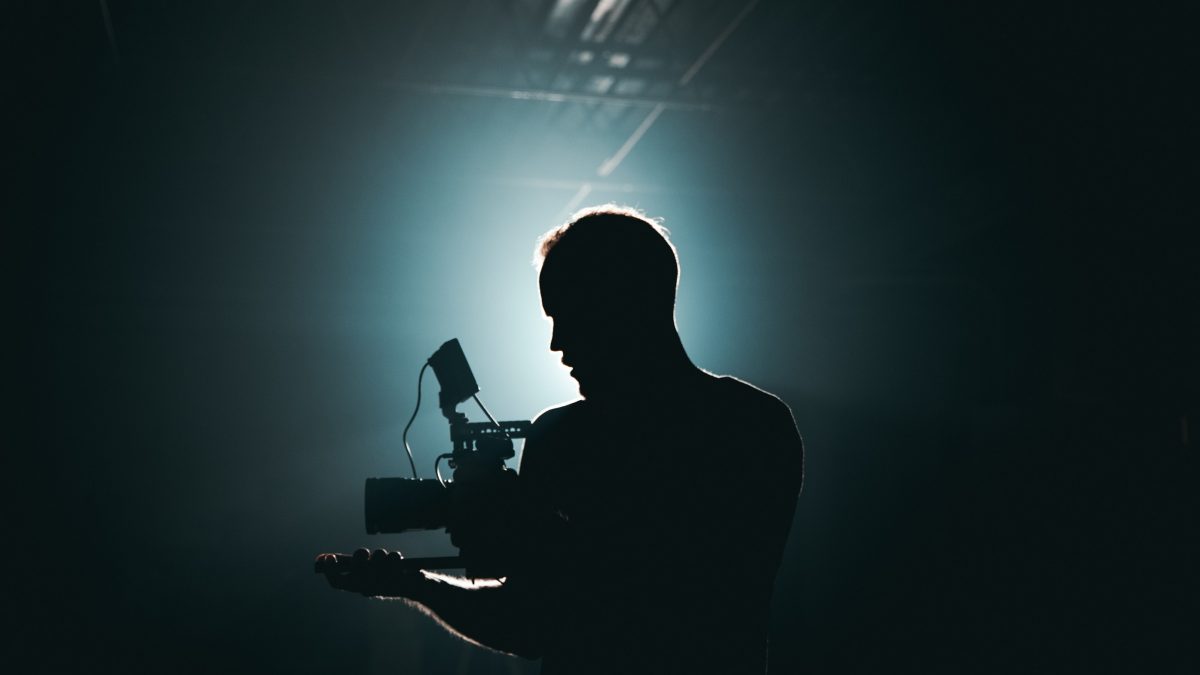
Artificial intelligence has an enormous number of potential applications within the movie business. From helping producers understand the financial markets for their films to helping remove bias from the casting process, AI technologies offer the promise of levelling the playing field when it comes to film production.
All artificial intelligence technologies are still in their relative infancy, meaning that even the more advanced AI technologies such as AI-assisted moviemaking still have a huge amount of unlocked potential. This means that as they mature that they will become increasingly accurate as well as able to empower filmmakers with even more tools and insights that will help them to understand their films and their audiences better.
A recent article featured in the online publication ‘Wired’ entitled “AI Magic Makes Century-Old Films Look New” details one exciting use of artificial intelligence in ‘restoring’ old silent movies. The article details a group of AI enthusiasts and developers who, using several freely available open-sourced algorithms, have trained an AI system in how to improve the quality of old silent movies.
The value of restoring old movies from the silent era of film can’t be understated. Several leading filmmakers including director Martin Scorsese have dedicated an enormous amount of time and effort in trying to save and restore as many of these ‘deteriorating’ classics as possible.
Given that all early movies were recorded on film, which naturally perishes over time, and at speeds which depend heavily on how they are stored, it is not unsurprising to discover the tragic statistic that “Martin Scorsese’s Film Foundation estimates that more than 90% of American films made before 1929 are lost, and the Library of Congress estimates that 75% of all silent films are lost forever.” – Source Wikipedia
The work undertaken by this AI project’s leader, Denis Shiryaev, is therefore invaluable in not just helping in this goal but also in enhancing the quality of these movies to a level that current audiences will appreciate them.

This AI enhancement method requires the artificial intelligence system to make decisions as to what the missing ‘data’ from the original might be, i.e. color elements, missing parts of an image, facial features, etc. The system then adds these details so as to clean up the original to a resolution of 4k at 60fps.
Indeed, so developed is this system (so far it has been trained with 14 million images) that it is able to enhance the images to an incredible 480 fps at 4k resolution. To appreciate just how powerful a tool this AI system represents, view the following two versions of the 1906 film A Trip Down Market Street.
A Trip Down Market Street – Original version with classic restoration
A Trip Down Market Street – AI-enhanced version
Given that the AI-enhanced version features enhancements or alterations made to the original version, naturally, there is a huge debate as to the value of such enhancements. Film restorers are adamant that such computer-enhanced versions cannot be called ‘restorations’ but rather ‘alterations’ or ‘enhancements’ since they do not represent the original in its entirety.
While this debate has a high degree of validity, what should not be ignored is the power of AI technology to enhance old movies in order to make them more appealing and ‘viewable’ to modern audiences.
Given that this technology will only become more accurate and therefore be able to ‘enhance images’ in a way that they represent the ‘true’ original, further development will eventually make this argument redundant anyway.
Indeed, in the future, AI systems will be working directly with the film restorers themselves to speed up their work while also yielding the best possible results of the restoration. One only needs to remember the above statistics on how many silent films have been lost and consider that had current digital technologies been available for film restorers of the past, just how many films could have been saved for future generations.

An Uphill Battle
This is an interesting example that highlights the battle that AI systems are facing to win over the support of the very film industry professionals that they are designed to help.
While industry professionals have valid apprehensions in regards to AI technologies (where they stand today), as in the case above, what we continually find in regards to opinions towards AI is that they are rooted in misinformation and fear.
Let’s begin with the valid objections first. As in the case of film enhancement from poor quality original copies, all parties involved acknowledge that allowing artificial intelligence programs to make decisions as to how to ‘replace’ missing components of a sequence means that certain enhancements won’t be 100% true to the original.

Incidentally, this doesn’t mean that this is not the process used by human restorers. From film to paintings, skilled art restorers use their ‘judgment’ as to how to touch up particular elements of an original work. In some cases, tragically, poor quality work has damaged original artworks and turned them into monstrosities.
The fundamental bottom line of most objections towards AI in terms of its limitations will be negated in time. The golden rule of AI systems is that the more they are used, the more they learn, and the more accurate they get.
This brings us nicely to the fear-based objections towards AI. The most obvious of these is that mass AI adoption will lead to mass job losses within the film industry. Interestingly, this was the same argument that arose when the movie industry was switching over from traditional film to digital. Several professions were ostensibly threatened by this move, among which was the movie editor.
Traditional movie editing was a very different process from the modern digital process. Editors were fearful that they would be replaced by computer whizz kids who knew little about the intuitive elements of editing. As it turned out, the vast majority of editors quickly retrained and successfully made the transition to digital editing.
While it is undoubtable that artificial intelligence will radically change movie production in the medium term, the aim of segments such as AI-assisted moviemaking is simply to utilize this technology to put powerful tools in the hands of filmmakers rather than to replace them.
In truth, what AI needs is the involvement of the industry so that the AI engineers developing these tools can most accurately tailor them to fit the hands of the very people who are going to be using them.
Without broad industry participation, it seems inevitable that these tools will end up reflexing the goals of those that use them, the few, and not the many, thereby not fulfilling their potential to truly democratize the global movie industry and help make it thrive once more.





Stay connected